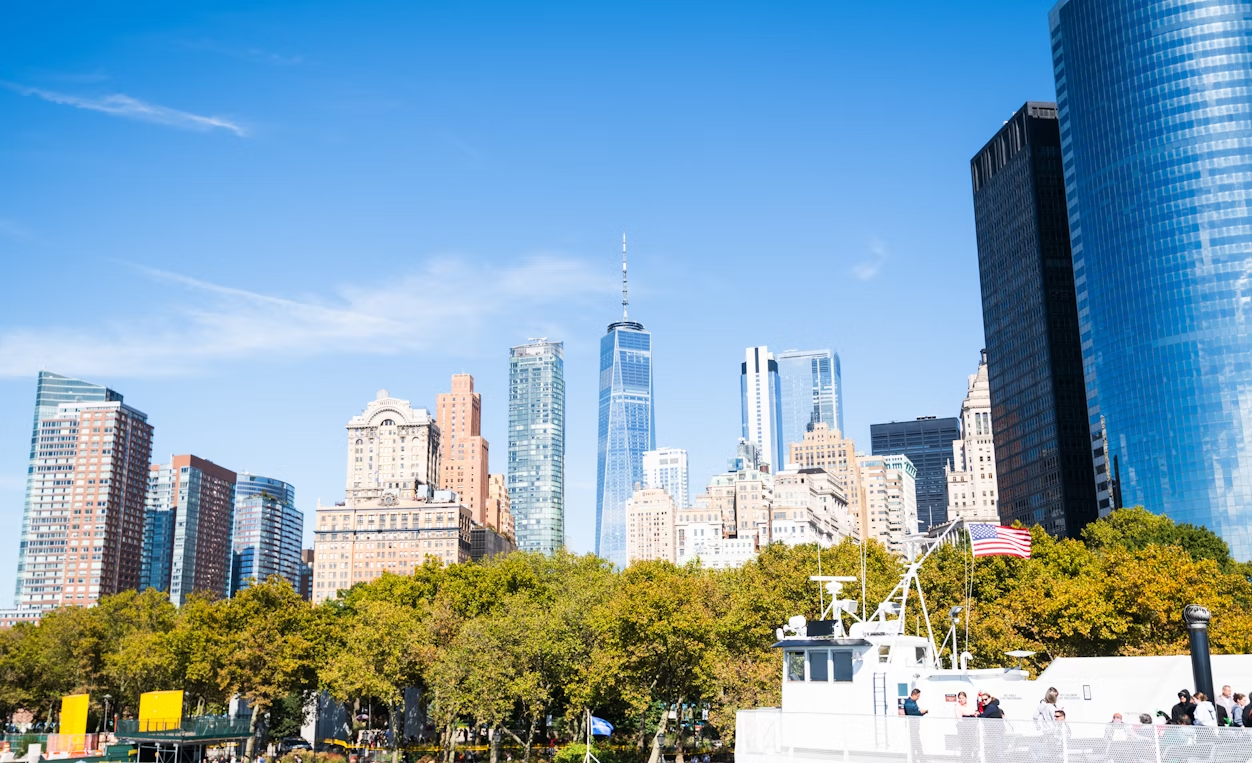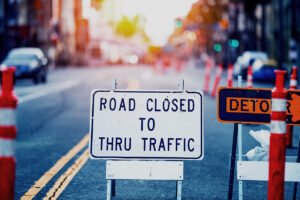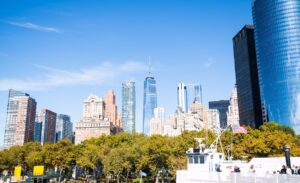


When you start talking with city operations teams, you quickly realize how many things they’re expected to keep tabs on. Think streetlights, playgrounds, water fountains, benches—the list goes on. But there’s one living, breathing asset that deserves just as much attention as any of those metal or concrete fixtures: trees. And the numbers back this up—in Louisville alone, trees provide over $389 million in annual benefits through temperature moderation.1
We’ve learned from countless conversations with city staff and managers that tree management comes with its own unique set of challenges. Take what happened in Los Angeles just last month—dozens of trees in the downtown area were vandalized, leaving city officials scrambling to assess and address the damage.2 Or consider the tragic incident in Brooklyn this March, where a large tree nearly fell on three family members walking on a sidewalk.3 These aren’t isolated incidents; they’re stark reminders of why proactive tree management matters.
The challenges urban trees face are complex and multifaceted. They battle against compacted soil that restricts root growth, struggle with limited space for expansion, and face constant exposure to air pollutants that impact their photosynthesis and respiratory functions.4 5 Poor pruning practices and vandalism can severely damage their vascular systems, affecting their ability to transport essential nutrients and water.6
One story that stuck with us came from a recent customer interview. A well-meaning resident planted a tree in the city’s right-of-way, thinking they were beautifying the neighborhood, but the tree didn’t meet local codes and ended up too close to a power line. It’s a perfect example of how even small, everyday actions can create bigger headaches if city teams don’t have an up-to-date inventory of what’s out there.
And it’s not just about rogue tree plantings or catching the occasional code violation. The economic stakes are significant—urban trees provide measurable benefits ranging from $1.00 to $34 per tree per year just in air quality improvements.7 They’re crucial for stormwater management, helping to reduce runoff and mitigate flooding risks.8 They even boost property values by making neighborhoods more attractive to potential buyers.9
That’s exactly the kind of situation we’re hoping to solve with Urban Hawk, our AI-driven asset management digital twin platform. We’re following in the footsteps of successful urban forestry programs like Goshen, Indiana’s Urban Tree Canopy Inventory, which has been instrumental in informing tree planting strategies and supporting climate change adaptation efforts. By leveraging cutting-edge technology like remote sensing and machine learning, we can create detailed digital twins of urban trees, providing objective and repeatable data on tree species, location, and various physical characteristics.
With an intelligent and dynamic tree inventory, city teams can spot problems sooner, plan smarter, and keep residents in the loop about the green spaces around them. This isn’t just about maintenance—it’s about creating resilient urban forests that can withstand environmental stressors and contribute to community well-being. Smart urban forestry technologies are revolutionizing how we engage communities and promote stewardship through digital platforms.
As we continue this series about everything cities look after, we’re convinced that trees deserve a spot at the top of the checklist. The evidence is clear: well-managed urban forests provide crucial ecosystem services, from improving air quality to reducing urban heat islands. With better tools and fresh approaches, we can help turn tree management from a stressful guessing game into a streamlined, community-focused success story—and give cities’ green spaces the attention they truly deserve.
By combining technical interventions with community engagement, we can create urban forests that don’t just survive but thrive. After all, in an era of increasing environmental challenges, our urban trees aren’t just nice to have—they’re essential infrastructure that deserves professional, data-driven management.
- Louisville Urban Forestry Coalition. (n.d.). “Urban Trees and Their Benefits.” Retrieved from Louisville Urban Forestry Coalition
- Los Angeles Times. (2025). “Vandalized Trees Leave City Officials Scrambling.” Retrieved from Los Angeles Times
- Brooklyn Daily Eagle. (2025). “Tree Falls Near Family in Brooklyn.” Retrieved from Brooklyn Daily Eagle
- American Forests. (n.d.). “Tree Benefits.” Retrieved from American Forests
- National Oceanic and Atmospheric Administration (NOAA). (2023). “Urban Trees: Climate Regulation and Stormwater Management.” Retrieved from NOAA

Subscribe for the Latest

Subscribe for the Latest








